Photos: Take a Tour of California's Kings Canyon National Park
Unspoiled Earth
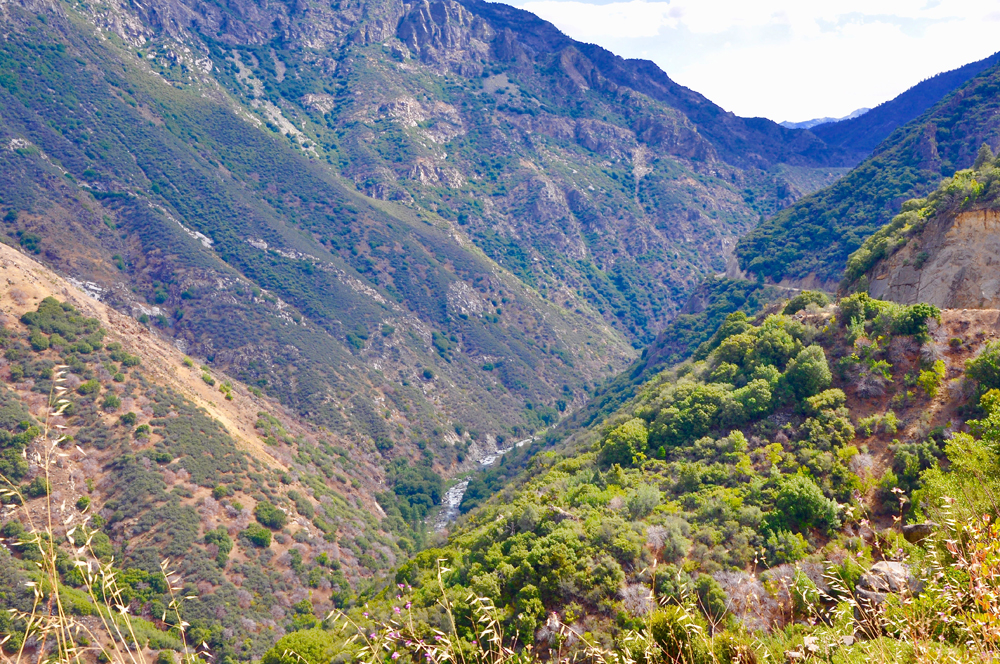
High in the crest of the southern Sierra Nevada mountains of central California, the Rio Los Santos Reyes cuts deeply through the ancient granite of this spectacular mountain range. Named in 1805 by Spanish army officer Gabriel Moraga, the flowing waters of the Kings River over the millennia, along with other natural forces of erosion, have created an unspoiled, beautiful landscape much of which is preserved today within the boundary of Kings Canyon National Park.
Winding waters
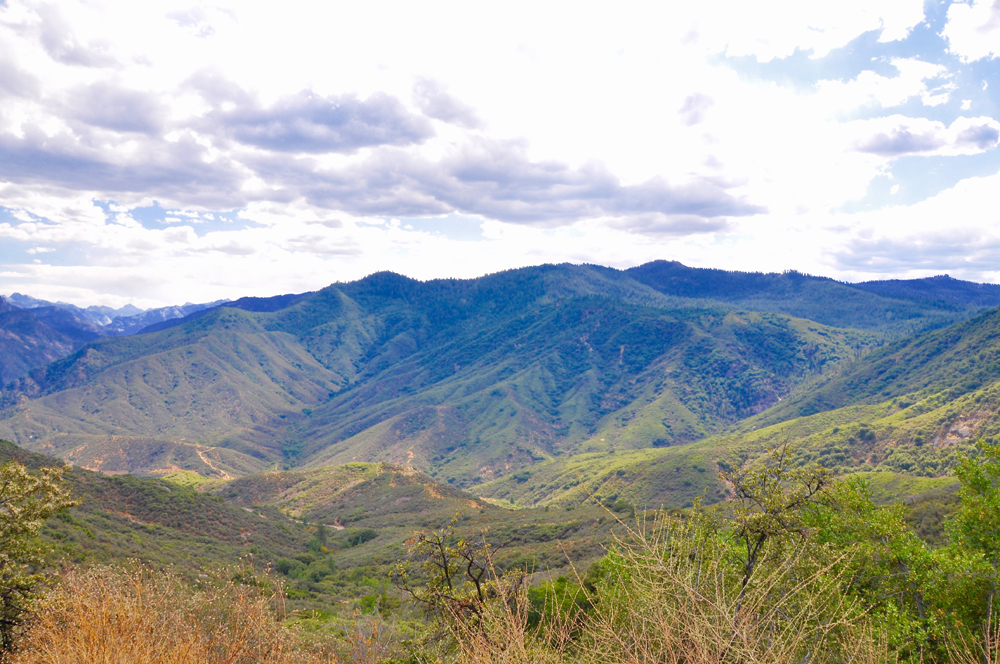
The Kings River is the major river of this part of the Sierra Nevada mountains. It runs southward for some 125 miles (200 kilometers), through the mountainous landscape containing deep glaciated canyons, meadows and waterfalls flowing from multiple lakes. Within the park boundaries are more than 20 mountain peaks that rise in elevation more than 13,000 feet (4,000 meters).
Keeping watch
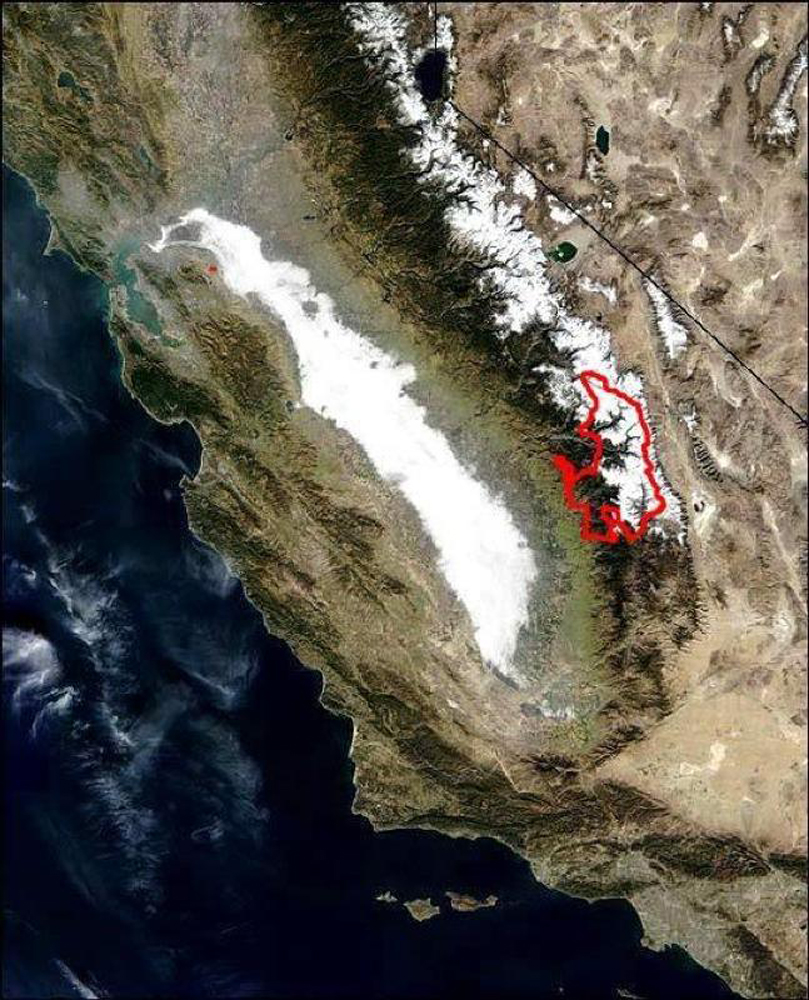
Kings Canyon National Park's southern boundary adjoins the northern boundary of Sequoia National Park. Within the Kings Canyon boundary, six groves of giant sequoia trees, (Sequoiadendron giganteum) grow under the watchful protection of the U.S. National Park Service. Kings Canyon National Park encompasses 722 square miles (1,869 square kilometers). Kings Canyon, together with Sequoia National Park, was designated a UNESCO Biosphere Reserve in 1976. The boundaries of both national parks are outlined in red in this photo taken by a satellite in space.
Relative age
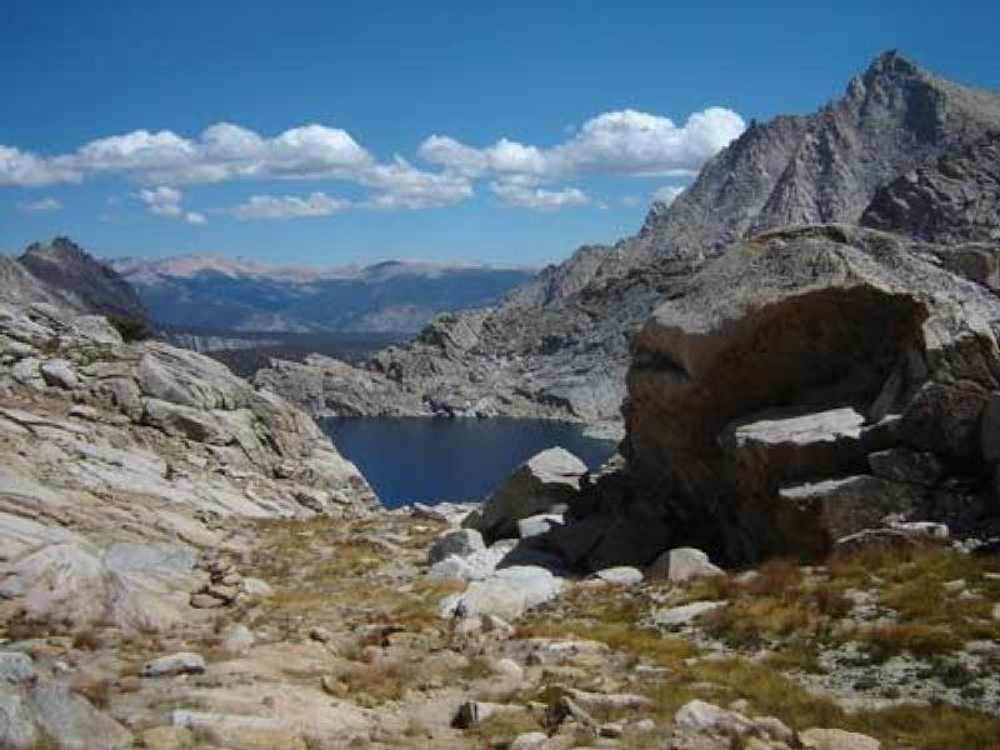
The Sierra Nevada Mountains are relatively young in geological time. Most geologists think these predominately granite mountains are less than 10 million years old. Four distinct periods of glacier formation have carved deep valleys and rugged peaks throughout the mountain range. Since granite readily resists all forces of erosion, including glaciation, the landscape of beautiful Kings Canyon and its surrounding area features many hanging valleys, alpine lakes, expansive meadows and waterfalls. Columbine Lake is shown here.
Diverse environments
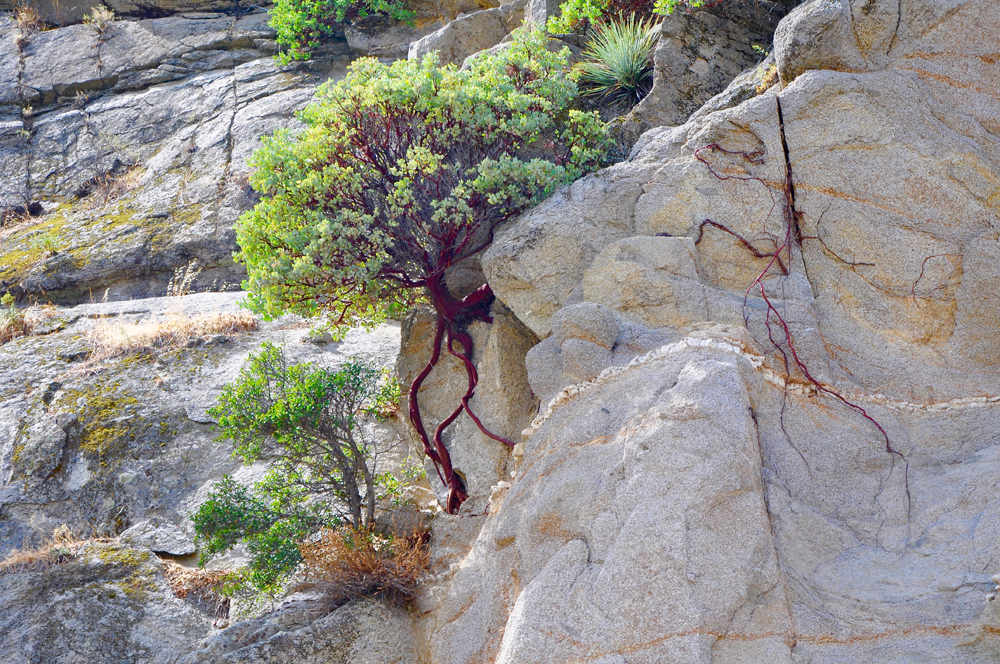
The State of California is home to nearly 6,000 species of vascular plants and more than 20 percent of them are found in the Kings Canyon-Sequoia National Parks. The extreme variance in elevation, from 1,360 feet (412 m) to 14,494 feet (4,417 m) creates a wide variety of environments, from hot, dry lowlands to snow-covered alpine peaks. Even when the soils are limited, plants such as this Common manzanita shrub, Arctostaphylos manzanita, find a way to take root and thrive on this granite cliff.
Botanical variety
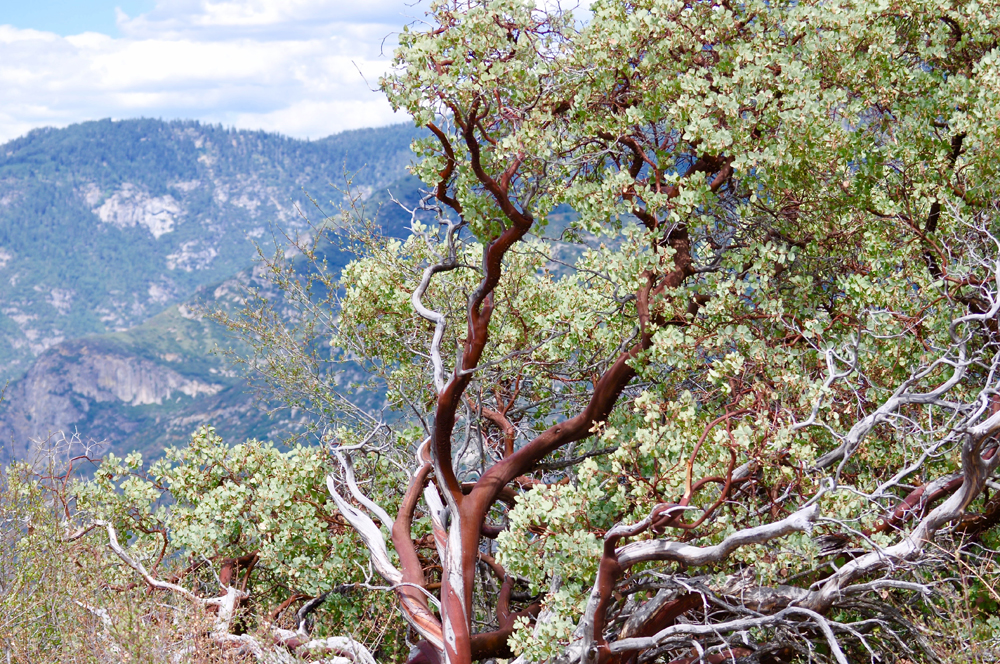
Botanists have identified more than 100 species of manzanita within the genus group Arctostaphylos. They vary in size from low-growing ground cover to diminutive trees with crowns reaching 20 feet (6 m). They are indigenous to western North America, from British Columbia, Canada, to Baja, Mexico. Manzanita bark is very smooth and its colors can range from orange to red. Small red berries ripen each summer and resemble little apples. Manzanita is a Spanish word for "little apple."
Lovely foliage
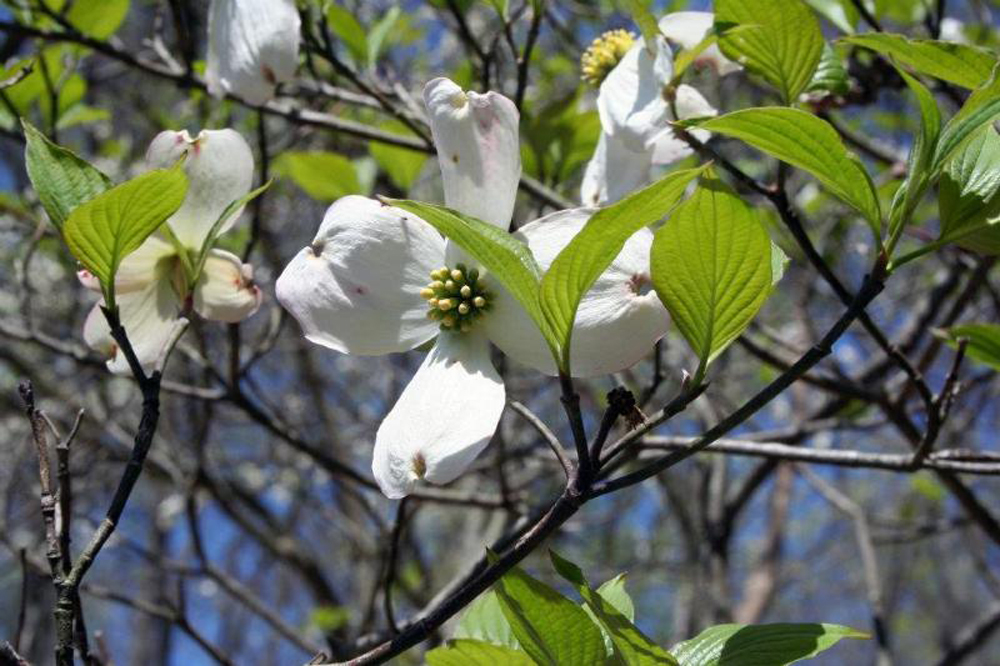
Mountain dogwood, Cornus nuttallii, is another of the beautiful trees found within Kings Canyon National Park. When they bloom in April through June, they turn the high Sierra Mountains of Kings Canyon into a spectacular floral display. Mountain dogwood trees can grow to 30 feet (9 m) in height and the large flowers will be 3-4 inches (7-10 cm) in diameter.
Sign up for the Live Science daily newsletter now
Get the world’s most fascinating discoveries delivered straight to your inbox.
Long life
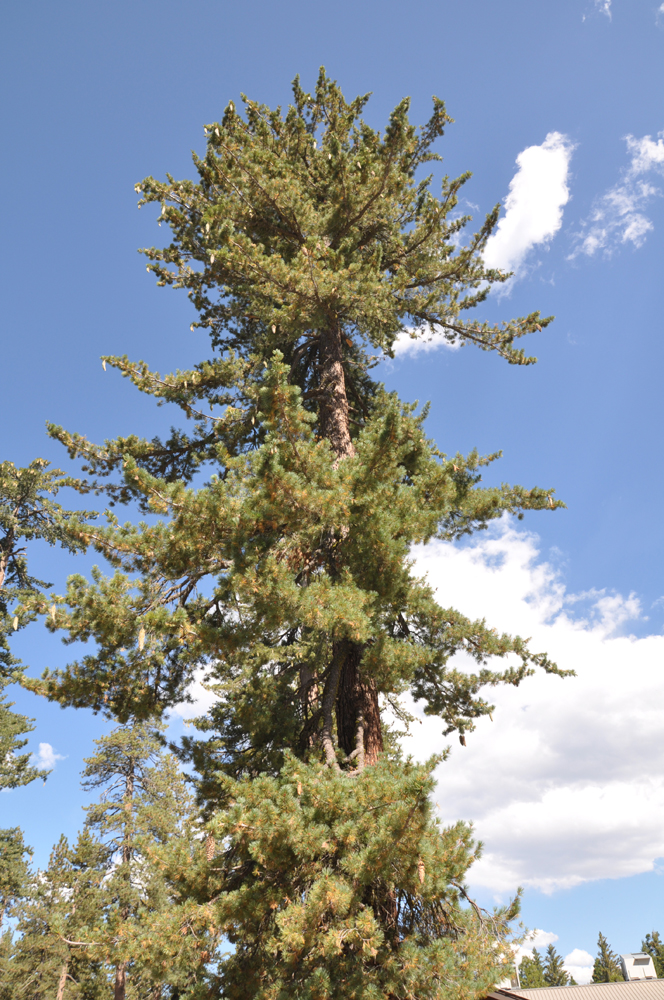
Sugar Pines, Pinus lambertiana, are also a common tree found within Kings Canyon National Park. They are the tallest of all pine trees, reaching a height of 200 feet (61 m). They can live to upwards of 500 years and are second only in volume to their nearby giant sequoia neighbors. They are found from the Cascade Mountain Range of central Oregon to the Sierra San Pedro Mountains of Baja California.
Danger zone
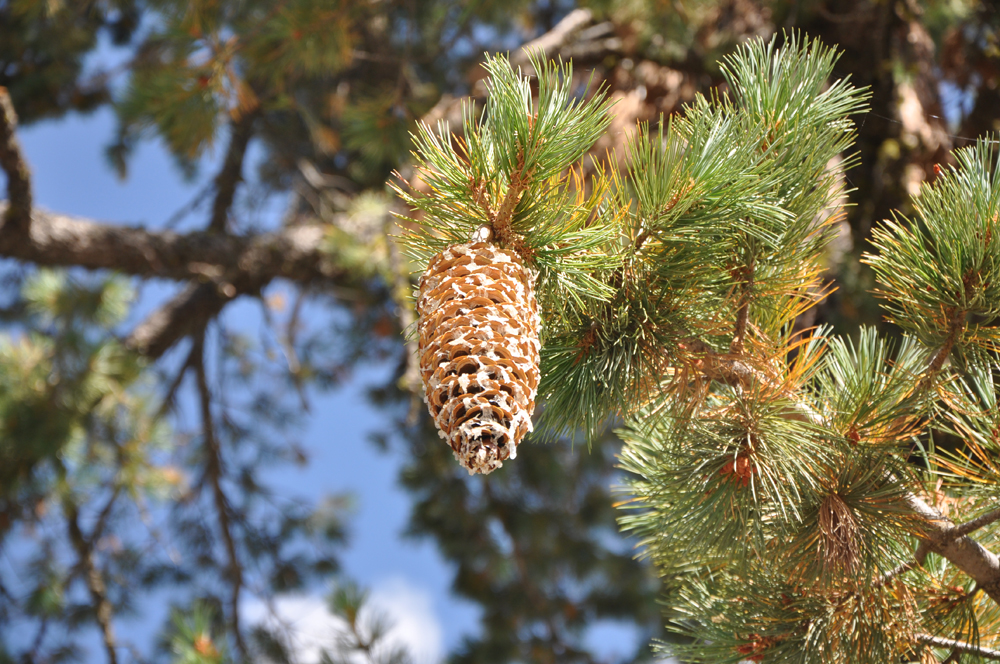
Sugar pine cones are known for their large size, having the longest cones of any conifer — ranging in size from 9 to 18 inches (23 to 46 cm) and 4 to 5 inches (10 to 13 cm) wide. Studies show that each cone contains about 150 viable seeds. Seeds are large and heavy with relatively small wings. Most seeds fall within 100 feet (30 m) of their parent tree. Anyone living or visiting any area where sugar pines grow must be cautious of falling sugar pine cones, as the large cones can cause severe injury when falling to the ground from a height of 200 feet (61 m).
Natural habitats
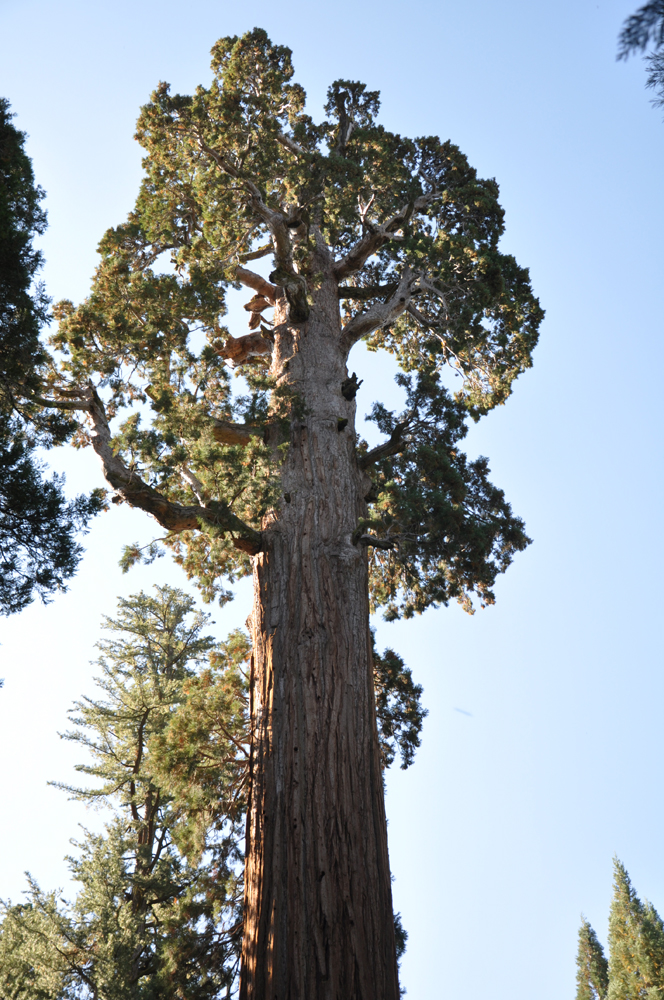
The largest natural grove of giant sequoia trees, Sequoiadendron giganteum, are found within Kings Canyon National Park. Nearly 16,000 of these magnificent trees with a diameter greater than 1 foot (0.3 m) thrive in the Grant Grove and Redwood Mountain Grove of the park. The General Grant Tree, shown here, was named in 1867 in honor of General Ulysses S. Grant. It is 267 feet (81 m) tall, has a ground circumference of 107 feet (33 m) and a diameter of 13 feet (3.9 m) at a distance of 180 feet (55 m) above the base. It is considered to be the second largest tree in the world.
Reaching the clouds
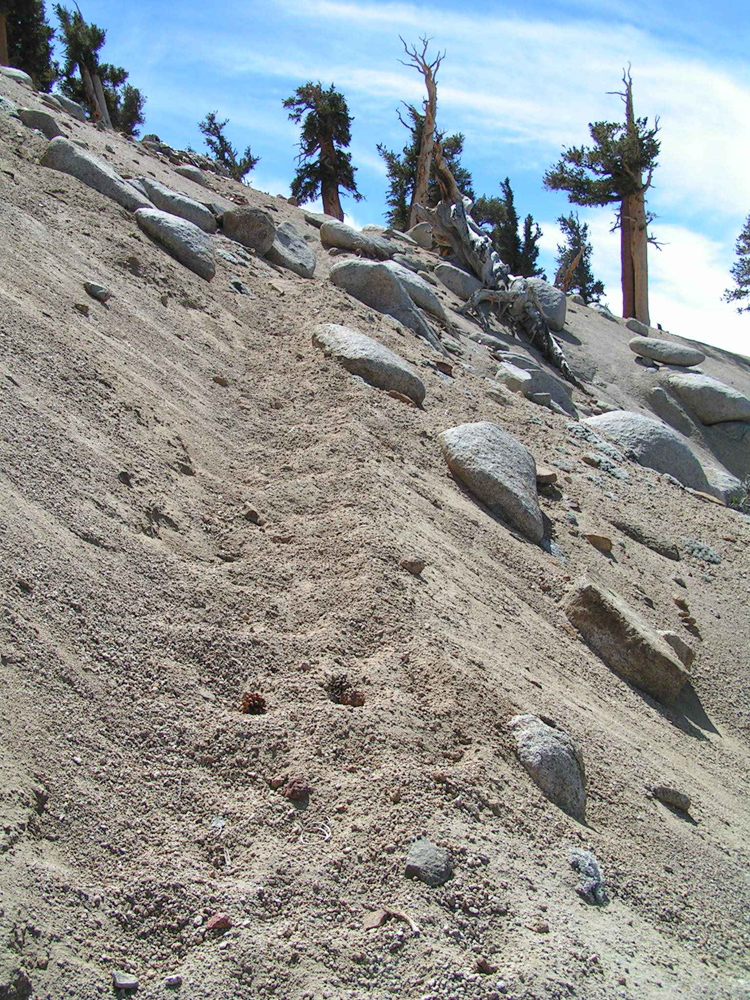
Elevation within Kings Canyon National Park ranges from 2,100 to 14,248 feet (640-4,343 m). Many of the highest granite peaks are adorned with the rare foxtail pine trees, Pinus balfouriana, which is shown here. These rare trees are endemic to California and can live for more than 3,000 years. They are closely related to the Rocky Mountain and Great Basin bristlecone pines, Pinus aristata.










